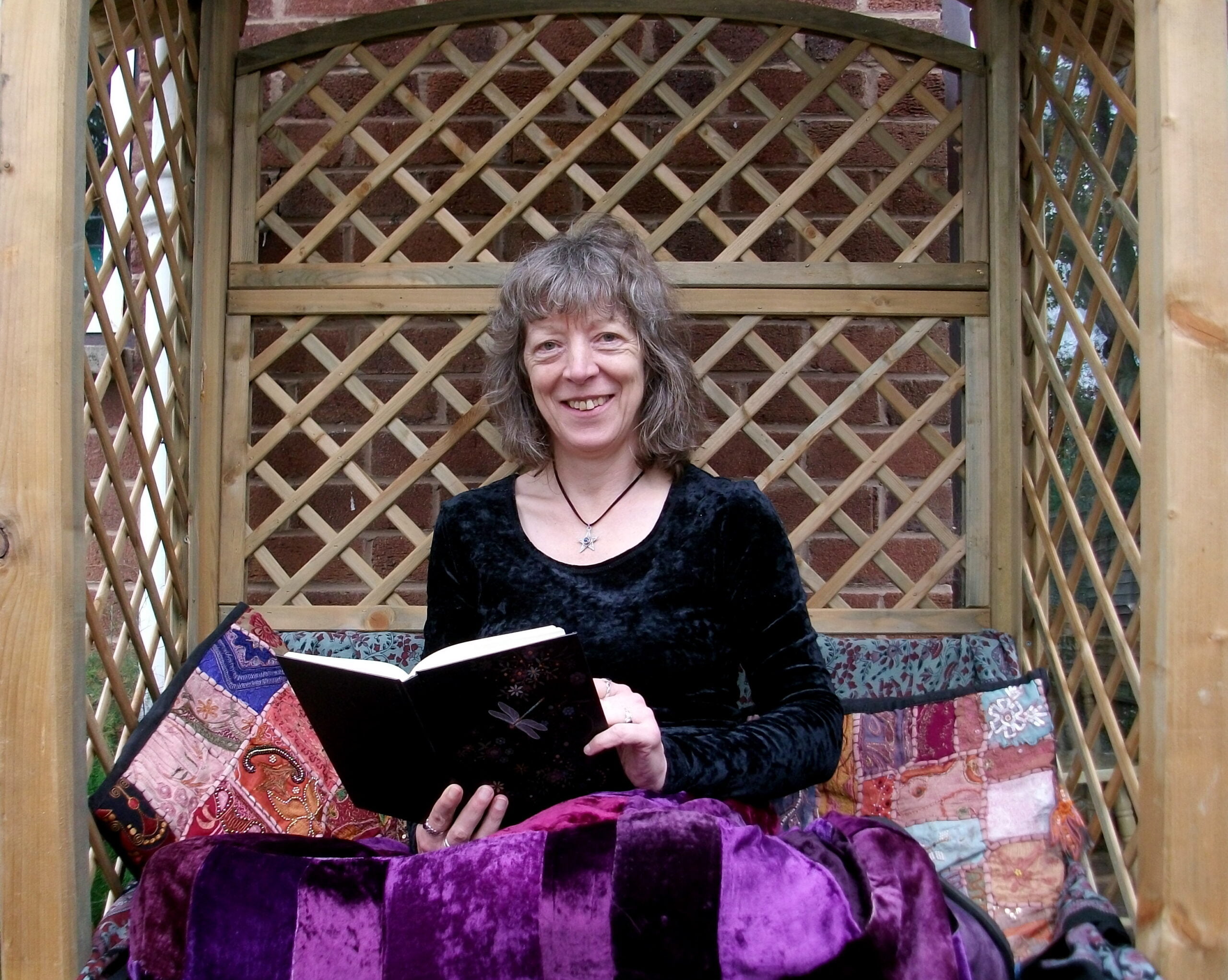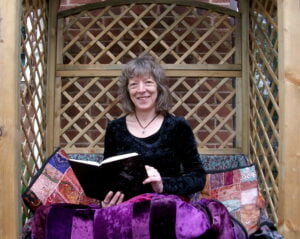Sometimes it is hard to settle to the process of writing, says Writing Magazine creative writing tutor and indie author Sue Johnson. No matter how interested you are in the story you want to tell, or how keen to self-publish it, for various reasons you’re not in the right frame of mind to sit and write. Some call it writer's block.
Don’t despair! There’s a lot you can do that doesn’t involve picking up a pen or a mouse. Try some of the following ideas to kick-start your writing. You’ll have some fun, gain new insights into your characters and their surroundings and discover new twists to the story.
- Create a collage of the sort of clothes and possessions one of your characters may be surrounded by. Is there a story behind one of the items? Don’t write this down – just explore it in your mind for now.
- Follow your character into the bathroom. Do they prefer a bath or a shower? Are they in and out of the bathroom quickly or do they take a long time?Copy them. If your heroine always starts the day with a rose scented bubble bath, then try one yourself.
- How do they move? Do they stride out briskly or do they amble along? Are they easily distracted by the sights and sounds around them, or do they walk slowly with their gaze fixed on their mobile phone? Try moving like them for half an hour. What is it like?
- Try one of their interests, or spend some time talking to someone who knows about it. Aim to get an idea of the jargon used or any special language or ‘in jokes’ associated with that particular interest.
- What perfume or after-shave do they use? Find a department store with a large cosmetics department and have some fun trying the different fragrances.
- If possible, visit the place where the story takes place, or take a virtual tour on the internet. Create a collage or pin-board from old magazines or photos. Talk to someone who has been there. Ask about sensory detail – colours, sounds, smells and textures. Buy something that is special to that place as a reminder.
- What sort of music do your characters like? Do they/did they play an instrument? Borrow some of that sort of music from the library or look in charity shops for CDs. Choose a ‘signature song’ for your story. When you start writing again, play it each time you sit down to work. It will help to form links in your brain with the story and make the writing process easier.
- What colours do they like and dislike? For instance, does a particular colour remind them of a sad occasion in their life – for example maybe a character was wearing something red when they received bad news and have considered the colour to be unlucky for them since then. As another non-writing exercise, pick a colour and see how many shades of it you can think of in one minute. For instance: Red – crimson, scarlet, carmine, pillar-box …
- What sort of vehicle do they drive? If it is something modern, then have a look round a car showroom. You might get the opportunity to test drive something! If your hero drives a tractor you could ask a local farmer if you could sit in one – or ask a stately home if it would be possible to sit in a carriage as research for your historical novel.
- Does your heroine have a passion for shoes or handbags? What do they keep in their bag? Is there anything surprising in there?
- What sort of food do they eat? Is this their choice or something forced on them through circumstances? For one day, eat the sort of food one of your characters would eat – unless it’s something you’re allergic to or really dislike!
- What work do they do? Look for interesting occupations where your readers will learn something about a different way of life. (Some editors call this ‘value added’). If the occupations ‘clash’ then this could make for a series of interesting situations – you could have a tax inspector or an antique restorer with a dodgy past.
- What medical problems does your main character have? Is there something you could research and discover more about? Think of ways that this could provide an extra plot twist.
- Follow your main character into their bedroom. What sort of bed do they sleep in? Who with? What colour and texture are the sheets? What was bedtime like when they were a child? Did anybody read to them or tell them stories? Did they share a room with anyone? Are they afraid of the dark?
- What is their handwriting like? Do they carry a pen with them? What sort of pen? What colour ink do they prefer? Are they right or left-handed? Are they computer literate? Do they carry a mobile phone?
- Do they have a daily newspaper or regular magazine? Which one(s)? Do they enjoy watching films? Which films have made the greatest impact on them? Choose one and watch it.Did they visit the library when they were young? What sort of books did they like?
- Visualise the events in your story. Close your eyes and ‘watch’ the story from beginning to end as if it was a film.
- Alternatively, take your story for a walk, preferably somewhere similar to one of the settings you are using. Visualise your story as you walk. You may find this develops into a regular routine and helps your fitness and concentration.
Think about the possessions your main character has. Go shopping (charity shops are great for this) and buy something they would like – or that symbolises the novel. Keep it on your desk or in your workroom for added inspiration. For instance, when I was working on my novel The Yellow Silk Dress, I found an amber necklace in a charity shop similar to the one owned by Kelly, the heroine.
- Get ready for action. Draw up a work schedule. Make sure this is realistic – don’t expect the impossible. It is better to set a lower daily quota of words and exceed it rather than constantly fall short. Set up a file on your computer with the working title for the story. Buy a lovely new notebook. Tidy your desk – clear any clutter. Decide how you’re going to celebrate each landmark on the journey towards “The End”.
OVER TO YOU Do you have any similar tips to share? We'd love to hear them!
RELATED POSTS







[…] post has 20 ideas for making progress on a self-published novel without actually […]
[…] Source: Writing: 20 Ways to Make Progress on a Self-published Novel Without Actually Writing […]
I’m working on a historical novel set in the early 20th century. I save examples of clothing worn by adults and children during that time in a Pinterest board.
My characters already belong to a series – I am having to re-visit them there and think how they’ve developed over the past 10 years …fun in some ways …!
Use Spotify or YouTube to explore music options. Unless your character is old fashioned and likes going to the library. Vinyl records are also in fashion as is the novelty of photographs to the upcoming generation.